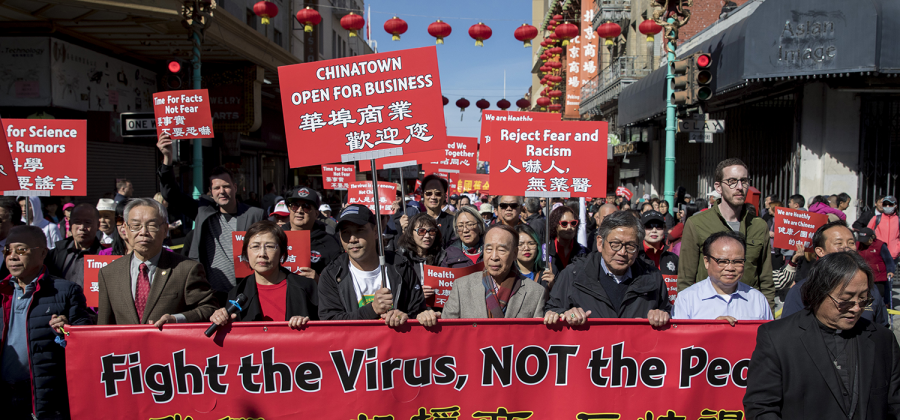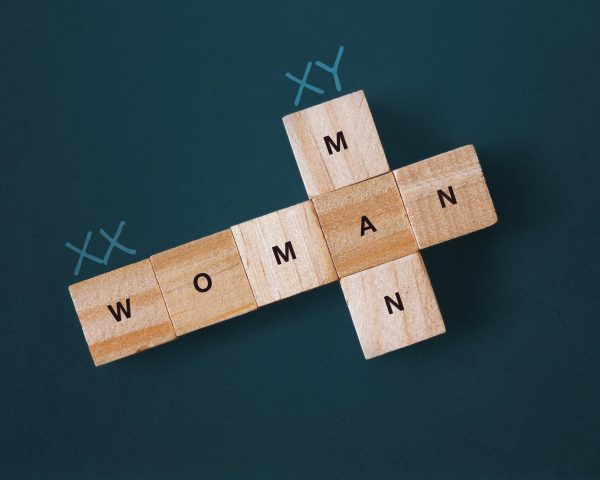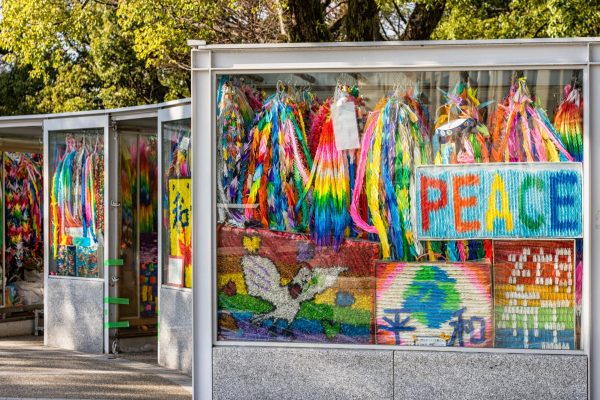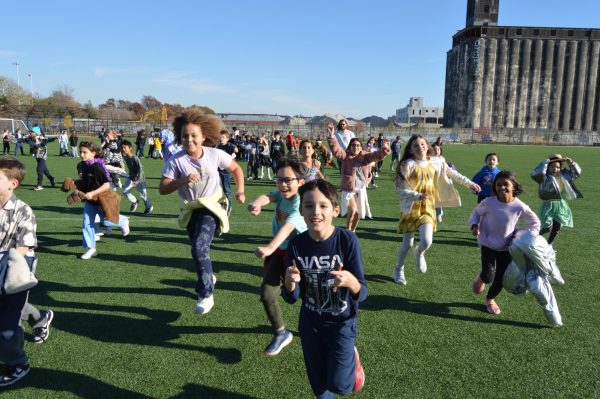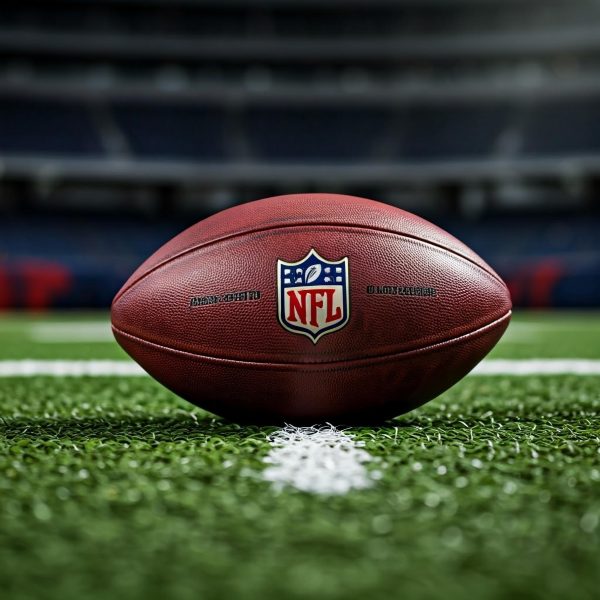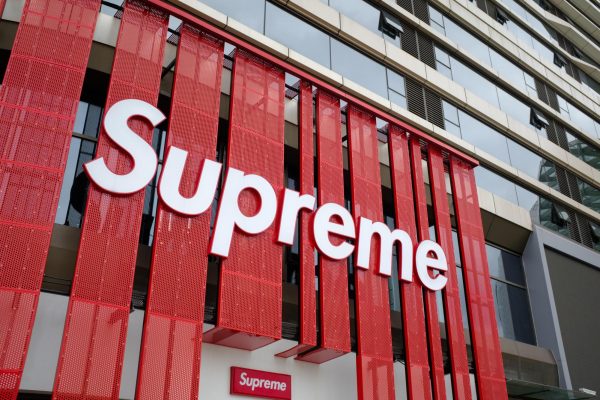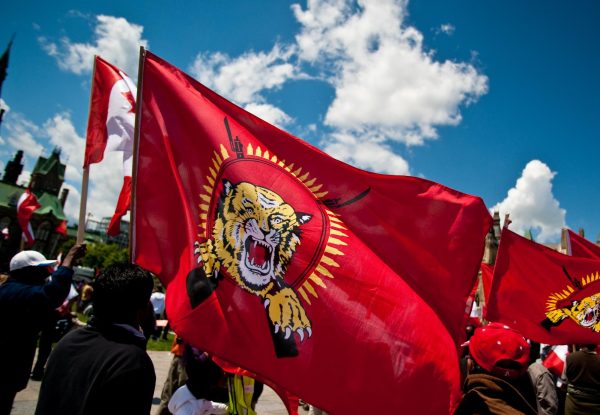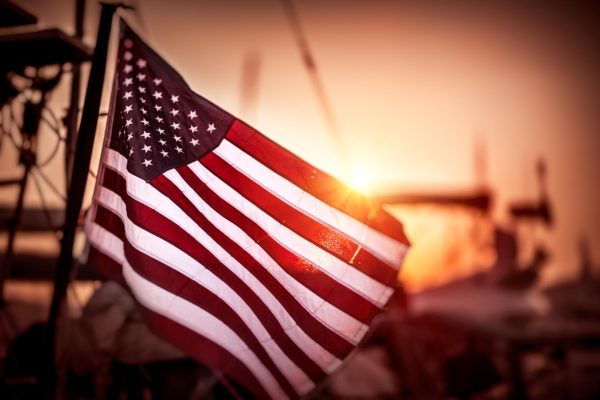The Enduring Legacy of the Myth of Model Minority
The Model Minority Myth was introduced to American society through the publication of “Success Story, Japanese-American Style” by William Petersen, a professor of sociology at the University of California at Berkeley. He argued that Japanese Americans, who were sent to internment camps during World War II, had risen above “discrimination and the worst injustices.” He argued that because Japanese Americans were “law-abiding” citizens with strong family values and worked tirelessly to seek an education; they had defied the odds and were able to become highly productive members of society. This myth was a tactic to bash African Americans and the Civil Rights Movement. In the eyes of American society perpetrated by the model minority myth, Asian Americans have henceforth been considered the most successful minority group because they are able to advance a generation within society quickly. This concept that Asian Americans are monolithic, can succeed without government support, are naturally driven to succeed, are as successful as white citizens, and are able to adapt to American society is a false statement that has lasting impacts on the Asian American community to this day.
An example of the perpetration of the model minority myth in modern day are the words of former presidential candidate and current New York City Mayor candidate Andrew Yang. In an op-ed he wrote for The Washington Post, he said that “We Asian Americans need to embrace and show our Americanness in ways we never have before … We should show without a shadow of a doubt that we are Americans who will do our part for our country in this time of need.” This statement he had in response to the racism against Asian Americans due to the COVID-19 pandemic was received with much criticism and backlash. This insensitive comment reflects the model minority myth of how Asian Americans should prove they are worthy of citizenship by fitting a determined and approved role in American society.
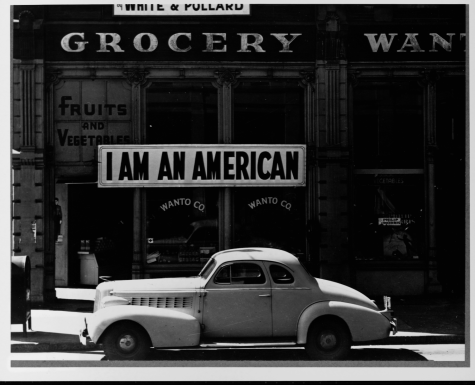
The model minority myth brands Asian Americans as wealthy and successful but it is far from the truth. The average high median household income of Asian Americans is averaged to be $81,000 but for Burmese Americans average income is $39,000 compared to $110,000 for Indian Americans. On top of that, 11.1% of Asian Americans identify below the poverty line while only 9.6% of non-white Hispanics identify below the poverty line. In New York City alone, more than one-quarter of Asian Americans live in poverty and their struggles are overlooked and excluded from data reports. In a well put statement that perfectly summarizes the falsity of the myth, Jo-Ann Yoon, the executive director of the Asian American Federation, says “The model minority myth chooses to highlight the successful immigrant examples and brush aside the high rates of poverty” and that the myth assumes that Asian Americans “somehow have the capacity to work ourselves out of poverty without any help.”
The term Asian American includes people from well over 50 countries and different statuses. In the age of the coronavirus, Asian Americans are reminded they are still considered outsiders. The racist rhetoric that has boomed because COVID 19 is believed to originate from China has reminded Asian Americans that they are not always fully accepted. The model minority myth may promote the belief that Asian Americans have become fully assimilated citizens but it has been shown throughout the pandemic that racism toward Asian Americans has endured.
Courtney is a senior at BASIS Independent Brooklyn. She enjoys volunteering at the Prospect Park Zoo and the New-York Historical Society. Courtney looks...

